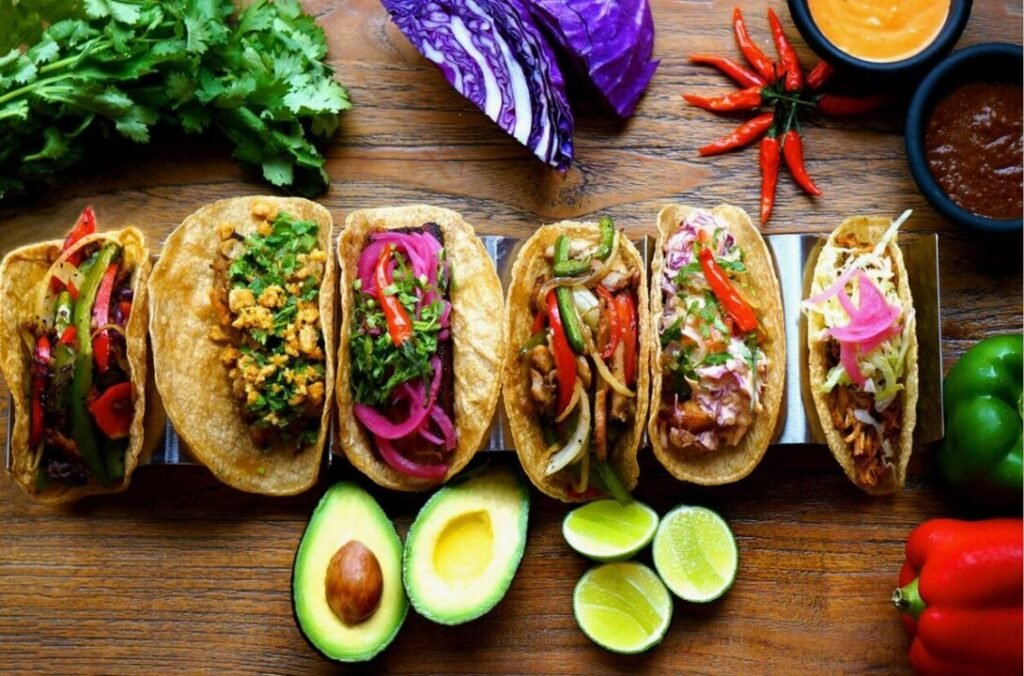You’ve probably got some preconceived notions about Mexico, haven’t you? It’s time to challenge them with these ten surprising facts.
Mexico is not just about tequila, sombreros, and tacos; it’s a country with a rich cultural history dating back thousands of years. It boasts a diverse array of indigenous languages, is home to the world’s smallest volcano, and even played an important role in the origin of chocolate.
But there’s more to uncover, so why not stick around to unravel the intriguing complexities of this vibrant nation?
Mexico’s True Geographical Size
Contrary to common assumptions, Mexico, spanning over 1.96 million square kilometers, is the world’s 13th largest country by total area. It’s larger than you might’ve imagined, right?
This misconception about its size is one of the many geographical misconceptions people have about Mexico.
To offer some size comparisons, Mexico is nearly three times the size of Texas and is roughly equivalent to the combined areas of Spain, France, and the UK.
Its vast landscape includes a variety of geographical features from deserts to tropical rainforests.
So, next time you’re thinking about Mexico, remember it’s not just its vibrant culture and rich history that are expansive, but also its physical size. It’s indeed a vast country with diverse landscapes.
The Origin of Chocolate
Did you know that Mexico is the birthplace of chocolate, with its origins tracing back to the ancient Mesoamerican civilizations?
Cacao cultivation was a vital part of society for these ancient cultures, and it’s believed that they were the first to develop the process of turning raw cacao beans into a consumable product.

The Aztecs took this a step further, creating a variety of drinks and foods with cacao, referred to as Aztec Chocolate. It became so valuable that they even used it as currency.
To this day, Mexican chocolate retains its unique richness, offering a flavor that’s a tribute to its ancient roots.
Mexico’s Biodiversity Hotspot Status
Boasting an incredible array of species, Mexico ranks as one of the world’s top biodiversity hotspots. You might be amazed to learn that this country is home to around 10-12% of the world’s biodiversity.
From the deserts of the north to the tropical rainforests in the south, a variety of ecosystems exist, providing habitats for a plethora of species.
Sadly, Mexico is also home to many endangered species. From the vaquita, a rare marine mammal, to the Mexican gray wolf, these creatures face threats from habitat loss and human activities.
But, don’t be disheartened. There are ongoing conservation efforts to protect these unique species and their habitats. These efforts involve both local communities and international organizations, showing that Mexico’s biodiversity is truly a global concern.
The Realities of Mexican Cuisine
When you think of Mexican cuisine, what comes to mind might be loaded nachos, cheesy enchiladas, or spicy tacos, but there’s a lot more to this rich culinary tradition than what’s often served in restaurants abroad.

Consider the Taco Evolution, for instance. Originating as a simple corn tortilla filled with small fish, tacos have evolved over centuries to include a vast array of ingredients, reflecting the regional diversity of Mexico.
Tequila Production also plays a significant role in Mexican culture. It’s not just a party drink; it’s a product of meticulous craft, made from the blue agave plant primarily in the area surrounding the city of Tequila.
This nuanced gastronomy paints a picture of a culture that values tradition, variety, and craftsmanship.
Mexico’s Indigenous Languages
Just as Mexican cuisine reflects a rich tapestry of regional influences, so too does the linguistic landscape of the country, with a multitude of indigenous languages still spoken today.
You might be surprised to learn that Mexico recognizes 68 national languages, 63 of which are indigenous.
Language preservation is a key focus, and efforts are underway to sustain these unique tongues against the encroachment of Spanish.
Indigenous education plays a significant role in this, with schools encouraging students to learn and use their ancestral languages.
Additionally, initiatives like radio broadcasts in indigenous languages help to maintain their relevance in modern society.
So, next time you think of Mexico, remember it’s not just about Spanish, but a vibrant mix of indigenous languages too.
The Day of the Dead Tradition
You might be familiar with the vibrant and colorful ‘Day of the Dead’ tradition, an integral part of Mexican culture that celebrates the lives of the departed.

This event isn’t a mournful occasion, but rather a joyful gathering that symbolizes death as a natural part of the human cycle.
Symbolic offerings, known as ‘ofrendas’, are an essential part of this celebration.
They’re usually adorned with candles, marigolds, and the favorite food and drinks of the deceased, serving as welcoming gestures for the spirits. These practices reflect Mexico’s deep-rooted spiritual beliefs, merging pre-Hispanic and Catholic elements.
The Day of the Dead allows Mexicans to honor their loved ones, while expressing their understanding and acceptance of mortality.
Mexico’s Rich History in Art
Building on this deep cultural heritage and spiritual beliefs, Mexico also boasts a rich history in art, where renowned artists have used their creativity to express and shape the Mexican identity.
Frida Kahlo’s influence is immeasurable; her vivid, poignant works have become emblematic of national and ethnic identity. Kahlo’s art, steeped in the culture and tradition of Mexico, continues to inspire and captivate audiences worldwide.
Your understanding of Mexican art wouldn’t be complete without noting the Muralism Movement. Led by figures like Diego Rivera and David Alfaro Siqueiros, this movement used large-scale murals to reflect social and political messages, bringing art to the public sphere.
These murals remain a vital part of Mexico’s cultural landscape, reminding us of art’s power to challenge and transform society.
The World’s Smallest Volcano
Nestled in the city of Puebla, Mexico, you’ll find the Cuexcomate, often hailed as the world’s smallest volcano. Measuring a mere 43 feet in height, this miniature geological phenomenon is a remarkable example of the volcanic activity effects.
Formed by an eruption from the larger Popocatépetl volcano in 1064 AD, it’s an inactive geyser, not a traditional volcano.
Although it’s not spewing lava or ash, the Cuexcomate is still a significant tourist attraction. Visitors can descend a spiral staircase into its crater for a unique subterranean experience.
Despite its small size, the Cuexcomate serves as a powerful reminder of the geological forces at work beneath our feet. It’s a fascinating illustration of the diversity of Mexico’s landscape.
Mexican Inventions You Use Daily
Unbeknownst to many, a number of everyday items we often take for granted were actually invented in Mexico. The invention impact of these Mexican innovations is profound, influencing our daily reliance on various tools and resources.
The color TV, for example, was invented by Guillermo González Camarena in the 1940s, changing the way we consume visual media forever.

The contraceptive pill, another Mexican invention, has had significant societal implications, offering unprecedented control over reproductive health.
Even the raw material for chewing gum, chicle, was first used by the ancient Mayans. These Mexican inventions, integral to our daily lives, serve as a reflection of the country’s history of ingenuity and innovation.
The Misunderstood Mexican Siesta
Often misrepresented, the Mexican siesta is more than just an afternoon nap; it’s a centuries-old tradition deeply rooted in the nation’s culture and lifestyle.
Siesta stereotypes often paint a picture of laziness, but this couldn’t be further from the truth. In fact, the siesta is a time for relaxation and rejuvenation during the hottest part of the day.
It’s a sign of respect for the body’s natural rhythms, not an excuse for idleness.
The cultural significance of the siesta extends far beyond the act of sleeping. It’s a time for family, for rest, and for personal reflection.
So, the next time you think of the Mexican siesta, remember it’s not a sign of laziness, but a demonstration of a balanced lifestyle.
In a nutshell
So, you thought you knew Mexico? Think again. It’s not just sombreros and spicy food.
It’s a vast, biodiverse nation, the birthplace of chocolate, home to numerous indigenous languages, and a hub for art.
It’s the site of the world’s smallest volcano and the inventor of products you use daily. Even the siesta isn’t what you thought.
Mexico’s rich, diverse heritage goes far beyond the stereotypes, offering a tapestry of culture and history to explore.